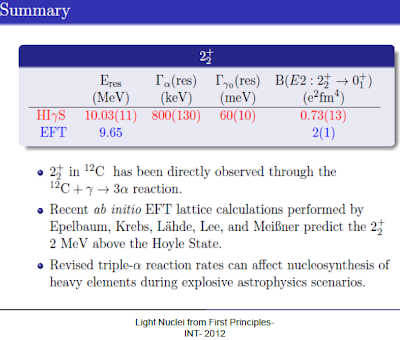Tri-alpha Energy Nuclear Fusion 100MW Project emerging from Stealth Mode
Updated: 2012-10-31 06:51:13
 skip to main skip to sidebar Pages Home October 30, 2012 Tri-alpha Energy Nuclear Fusion 100MW Project emerging from Stealth Mode Email This BlogThis Share to Twitter Share to Facebook Tweet Tri-alpha Energy stealth nuclear fusion project that has over 140 million in funding including funding from Goldman Sachs has a 79 page presentation . Tri-Alpha structures in . 12C H T Talk Polywell Tri-alpha Energy has a patent Controlled fusion in a field reversed configuration and direct energy . conversion The 11B p,α αα reaction When 675 keV protons strike 11B , a resonance in 12C is formed at 16.6 MeV having a width of 300 . keV This resonance decays by emitting a primary α−particle , leading to the first excited state of 8Be which is 3 MeV above the ground state . This state decays into two
skip to main skip to sidebar Pages Home October 30, 2012 Tri-alpha Energy Nuclear Fusion 100MW Project emerging from Stealth Mode Email This BlogThis Share to Twitter Share to Facebook Tweet Tri-alpha Energy stealth nuclear fusion project that has over 140 million in funding including funding from Goldman Sachs has a 79 page presentation . Tri-Alpha structures in . 12C H T Talk Polywell Tri-alpha Energy has a patent Controlled fusion in a field reversed configuration and direct energy . conversion The 11B p,α αα reaction When 675 keV protons strike 11B , a resonance in 12C is formed at 16.6 MeV having a width of 300 . keV This resonance decays by emitting a primary α−particle , leading to the first excited state of 8Be which is 3 MeV above the ground state . This state decays into two